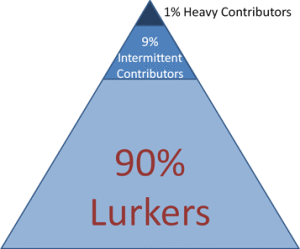The first beta of WordPress 3.5 is out, and along with new and improved functionality, one feature is being removed: the blogroll. Well, technically it’s only being removed on new installations. If you have an existing WordPress site with links in the Link Manager, it’s not going away until a future release, and even then it’ll be moved into a plugin. (Lorelle writes about the history of blogrolls in WordPress and what to do if you want to keep yours.)
The move reflects changes in blogging trends, as well as the ongoing struggle between search engines and the SEO industry. In the old days, it was trendy to list sites you liked in a sidebar. Search engines took note, and then SEO practitioners started taking advantage, and so blogrolls lost their value.
One of the sessions I attended at WordCamp LA was a talk on optimizing WordPress. One of the measures I’ve been looking into is reexamining the plugins I use. (Sure, there’s no such thing as too many if you’re actually making use of them, but more code needs more resources.) I’m actually using two plugins to increase the value of my blogrolls here and at Speed Force:
- Better Blogroll to show a small, randomized subset on the sidebar instead of the full list of links. (This keeps it from being clutter, and prevents the links from fading into the background by being the same on every page.)
- WP Render Blogroll Links to list them all on a page.
I keep thinking, do I really need these? Well, I definitely don’t want a long blogroll in the sidebar. If all I want is a links page, I can just write one, and if I really want static short list in the sidebar, I can add them manually. It only really matters if I want to keep that random subset. Otherwise, I can pull two more plugins out of my installation.
But then, do I even need the links page at this point? My current links here mostly fall into one of three categories:
- Well-enough known to not need the promotion.
- No longer relevant to this site.
- Other sites I maintain.
I might want to just drop the list entirely.
Speed Force’s links are both more extensive and more targeted to the site. It’s probably worth keeping that list around, but maybe just as a links page.
Does anyone actually look at those sidebar links anymore?


 I turned on the broken link checker plugin at lunchtime, and let it run through the site over the next few hours* before checking back this evening.
I turned on the broken link checker plugin at lunchtime, and let it run through the site over the next few hours* before checking back this evening.